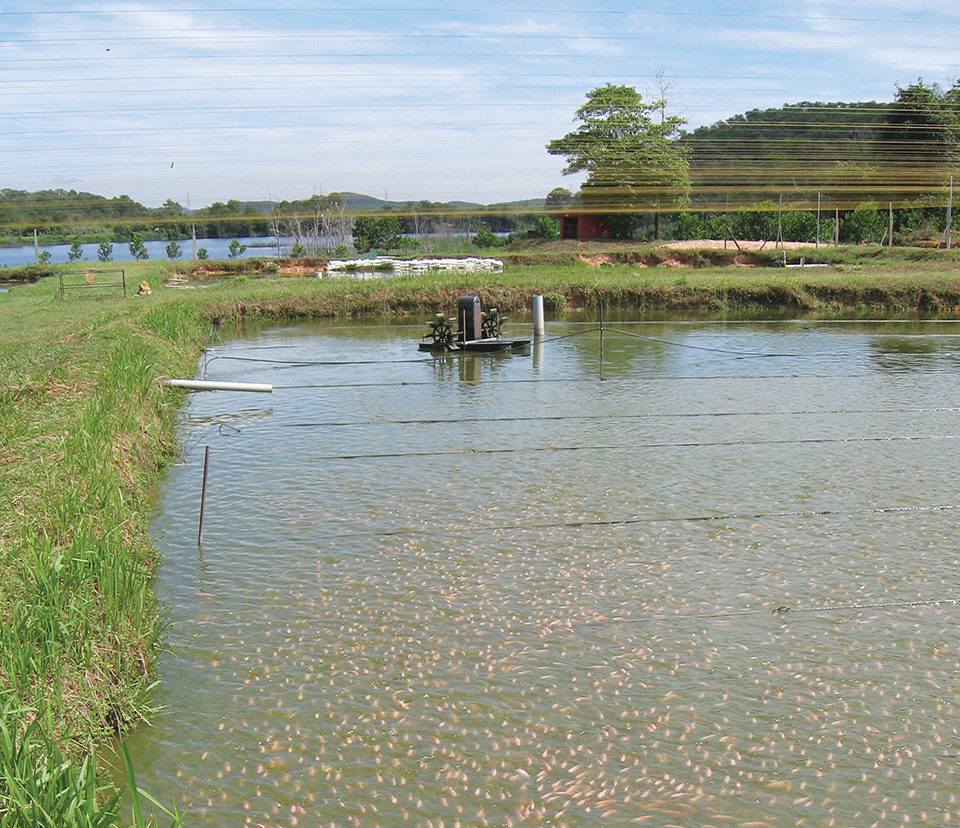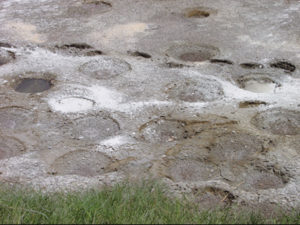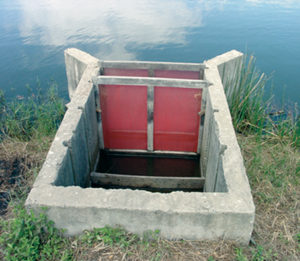Control practices serve export markets

With expanding global production and pressure from buyers and regulators in local and export markets, it is important that the tilapia aquaculture industry in Latin America continues to actively promote and implement quality control and sea-food safety measures. Recommended practices help improve production efficiency and product quality throughout the production chain. Every link of the chain from the production unit to the consumer’s table must be controlled through mechanisms that manage potential risk.
Farm operations
The production process begins with pond preparation. One important step is the addition of lime after pond bottoms are plowed and dried to help oxidize organic matter and eliminate competitors and pathogenic organisms. Ponds are then filled with water filtered through the inlet gates’ fine screens so that no predators and pathogenic vectors pass.
In semi-intensive operations, ponds should be stocked with previously selected healthy fish following established stocking parameters for size and quantity, and pertinent bio-security protocols seven to 10 days after filling.
In the nursery stage, tilapia are generally stocked at 0.85 to 1.5 grams. The average survival rate after a culture period of 45 days is approximately 70 percent. In the pregrowout phase, fish are placed in ponds at an approximate weight of 28 grams, with ensuing survival after an average of 100 days of 85 to 90 percent. In grow-out, 250-gram fish are typically stocked at a density of 3 to 5 fish per square meter. The average survival rate after approximately 150 days is about 85 percent. Mechanical aeration should be used to help maintain water quality.
Sanitary programs

Although these stocking densities may not seem highly productive, most successful farmers have adopted conservative practices to avoid losses caused by biosecurity problems. Their experiences, combined with effective sanitary programs implemented by federal and state government offices in the last five years, have improved production in Mexico, Colombia, Ecuador, Peru and several other countries. The sanitary programs are focused on the supervision of good management practices, verified through periodic visits to the facilities and on-site sample analyses carried out by qualified personnel.
Program recommendations have included the use of offspring with health certificates or test results that support the quality of the organisms. Farmers are also encouraged to keep adequate biomass in production units, separate culture organisms by size and keep accurate records of water quality parameters. Further suggestions: Properly maintain equipment, provide technical training to production personnel, consistently apply preventive protocols and be ready to implement emergency protocols.
After the visits from government officials, farmers usually receive reports on the sanitary status of their fish. In addition, the reports include results from water quality analyses that certify production units are free of pesticides, heavy metals, fecal or total coliforms, and other polluting agents, which guarantees the production is safe for human consumption and can be sold in local or foreign markets.
Feed
Feed manufacturing must be considered an integral part of the food production chain and therefore subject to quality and safety assurance. The feed industry is ultimately responsible for the quality and safety of the feed it produces. National authorities should provide guidance to manufacturers through codes of practice and standards. In this regard, continued dialogue among producers of feed or feed ingredients, aquaculture producers, processors and the government is of crucial importance.
To promote food safety in aqua-feed for tilapia consumption, raw materials must be purchased from known suppliers with records of low risk. Prior to being processed, raw materials should be thoroughly checked against specifications and for purity by certified laboratories. Feed production processes should be in full compliance with good manufacturing practices and HACCP guidelines.
Processing plants

Even at some modern and well-designed tilapia-processing plants in the region, some operational details do not comply with standard measures that make the workplace safe for workers and final products.
One classic example is plant floors built with channels or ditches designed to collect liquid and solid waste. Workers could accidentally step into the ditches and be hurt. They also interfere with the secure transport of product carts from one stage of the process to the next. A better alternative is solid flooring with a slope that allows water and solids to concentrate on one side of the primary stage of the processing facility.
Some air-conditioned processing facilities lack ceilings, which causes temperature dispersion. Consequently, thermostats never shut off, causing unnecessary energy consumption and likely temperature variations. Constant room temperature in processing facilities is a critical issue in HACCP programs, for the product as well as the workers.
Modern fish-processing plants have adopted effective ways to move product from one station to another that avoid contamination from metal particles and the grease used to lubricate the rails and chains. Conveyor belts and rollers can be a viable alternative.
Ice handling is another issue that merits attention. In some cases, farms and processors use the same ice source. The practice is not very safe from a biosecurity point of view, since the possibility of cross-contamination is very high. The solutions are to use separate icemakers, one for each working stage, or separate storage units to hold the ice produced by one icemaker.
Coordination, verification
Processors must verify every stage involved in the value-adding process, from receiving the raw material through its transformation to final product, packing and shipping. Lack of coordination among the steps can lead to unwanted food safety issues for consumers.
In successful tilapia production companies such as the ones operating in Ecuador, Costa Rica and Honduras, these control practices have been adopted to serve the export markets and countries that receive the finished products, mostly fresh tilapia fillets. Through inspection visits, purchasing agents verify that good manufacturing practices and effective HACCP protocols are in place.
(Editor’s Note: This article was originally published in the May/June 2008 print edition of the Global Aquaculture Advocate.)
Now that you've finished reading the article ...
… we hope you’ll consider supporting our mission to document the evolution of the global aquaculture industry and share our vast network of contributors’ expansive knowledge every week.
By becoming a Global Seafood Alliance member, you’re ensuring that all of the pre-competitive work we do through member benefits, resources and events can continue. Individual membership costs just $50 a year. GSA individual and corporate members receive complimentary access to a series of GOAL virtual events beginning in April. Join now.
Not a GSA member? Join us.
Author
-

Cesar C. Alceste, M.S.
Aquaculture Consultant
13560 Southwest 99th Street
Miami, Florida 33186 USA[109,111,99,46,108,111,97,64,101,116,115,101,99,108,97,117,113,97]
Tagged With
Related Posts

Health & Welfare
10 paths to low productivity and profitability with tilapia in sub-Saharan Africa
Tilapia culture in sub-Saharan Africa suffers from low productivity and profitability. A comprehensive management approach is needed to address the root causes.

Health & Welfare
A look at tilapia aquaculture in Ghana
Aquaculture in Ghana has overcome its historic fits and starts and is helping to narrow the gap between domestic seafood production and consumption. Production is based on Nile tilapia.

Responsibility
‘Model’ tilapia venture shows mettle in Mozambique
On the shores of Lake Cahora Bassa, Chicoa Fish Farm hopes to create a ripple effect to improve fish supply and quality of life for an impoverished region.

Intelligence
A land grab for salmon (and shrimp) in upstate New York
The operators of Hudson Valley Fish Farm see their inland locale as a pilot to prove that land-based fish farming, located in close proximity to major metropolitan markets, can be successful.

